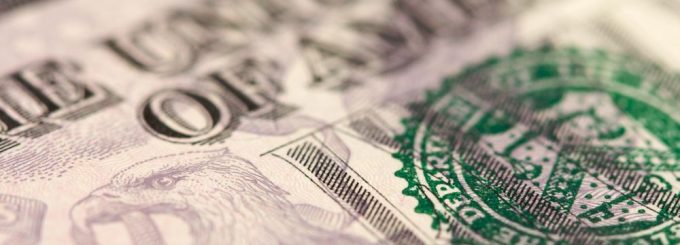Currency Spotlight: 1929 $5 First National Bank of Elmsford

The Elmsford First National Bank of New York printed approximately $243,320 dollars of currency, and one of the most popular bills was the 1929 $5 note. It has become increasingly rare as the decades have passed, and is now prized by collectors. Find out more about the 1929 $5 First National Bank of Elmsford today.
Currency Highlights
The Bank of Elmsford opened around 1926, and issued currency until 1935. The 11 year period was brief for banks at the time, but it managed to produce three types of denominations. The bank offices were located at Westchester County and it was issued charter # 12956. All the bank notes look similar although the names might be slightly different.
The New York branch printed 4,714 sheets for the $5 1902, which displayed a blue colored seal. An image of Benjamin Harrison can be seen in front, and this is the smallest of the 1902 denominations. In addition to the blue colored seal, a blue colored charter number is also visible. It should also be noted that that although the notes are called the 1902 series, they weren’t actually printed until 1908 and continued until 1928.
The 1929 $5 note was produced using a total of 3,590 sheets. These notes differ from the $5 1902 bills since they have an image of Abraham Lincoln rather than Benjamin Harrison. It is the smallest denomination of any bills issued by the bank at the time, and each of the serial numbers terminate with an “A” letter and begin with letters that rest between A to F. Currency collectors can take the complete sheet numbers that were issued and then multiply its via 6 to determine the true number of notes that were issued for a given denomination. Each of the smaller bank notes was printed in sheets of 6.
Background
It was common and legal for banks of this era to issue their own currency. This particular bill has a brown colored sealed and features an image of Abraham Lincoln. He was the 16th U.S. President and is most famous for abolishing slavery and the role he played during the political and constitutional crisis which led to the U.S. Civil War. He successfully maintained the Union, while strengthening the government and industrializing the American economy.
Unlike other presidents, who come from elite or upper middle class backgrounds, Lincoln came from an impoverished family that lived in a cabin near Indiana. Due to his quick wit and exceptional intelligence he was able to become a lawyer through self-education, and would eventually become a leader of the Whig Party and a legislator for the state of Illinois. After becoming a Republican Party leader around 1854, he captured the attention of American audiences during his debates with Stephen Douglas. He campaigned for President during the 1860 election, and won after capturing the north. Many Southern States, who were unhappy with Lincoln’s abolitionist stance regarding slavery, chose to secede, which led to the Civil War.


